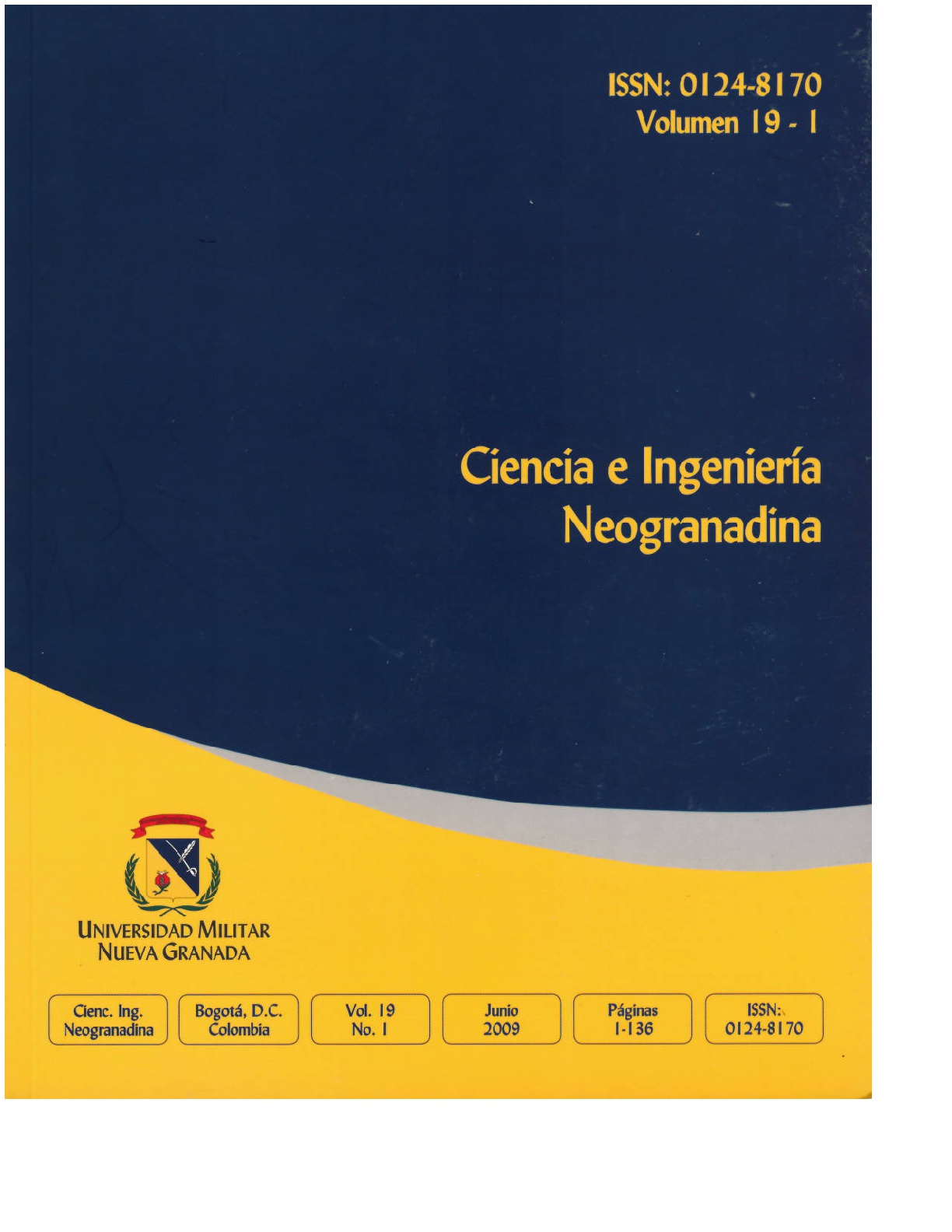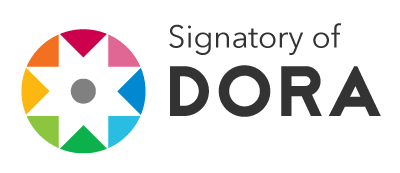Evaluación de la televisión interactiva desde una perspectiva de usabilidad: Caso práctico
Resumen
La televisión interactiva ha ido creciendo en popularidad, en poco tiempo esta tecnología estará en nuestros hogares. A diferencia de la televisión analógica, la televisión digital posibilita la transformación de televidentes pasivos en activos con la capacidad de interactuar con nuevos servicios superpuestos sobre los contenidos y novedosas formas de negocio. Uno de los aspectos más importantes a analizar en este nuevo estilo interactivo es su usabilidad. Este trabajo presenta una pauta para evaluar la usabilidad de este tipo de servicios. Por último, se presentan los resultados de un caso práctico.Descargas
Agencias de apoyo:
Proyecto “EDiTV", proyecto “Implementación de un Framework para la Evaluación de Usabilidad de Aplicaciones Software soportado en la Creación de un Colaboratorio de Usabilidad", ColcienciasReferencias bibliográficas
BRADLEY M, LANG P. (1994): Measuring emotion: The self-assessment manikin and the semantic differential. Journal of Behavior Therepy and Experimental Psychiatry, 25(1):49–59.
DESMET PM. (2003): Measuring emotions: Development and application of an instrument to measure emotional responses to products. In Blythe, M., Monk, A., Overbeeke, K., and Wright, P., editors, Funology: from usability to enjoyment. Kluwer.
GILL J, PERERA S. (2003): Accessible universal design of interactive digital television. In Proceedings of the 1st European Conference on Interactive Television: from Viewers to Actors? pp 83–89.
HASSENZAHL M, BEU A, BURMESTER M. (2001): Engineering joy. IEEE Software, 18(1):70–76.
LEE B, LEE RS. (1995): How and why people watch tv: Implications for the future of interactive television. Journal of Advertising Research 35(6):9–18.
. MACDONALD N. (2004): Can HCI shape the future of mass communications? interactions 11(2):44–47.
MONK A. (2000): User-centred design: the home use challenge. In Sloane A, vanRijn F(eds) Home informatics and telematics: information technology and society. Kluwer Boston, pp 181–190.
STEPHANIDIS C, AKOUMIANAKIS D. (2001): Universal design: towards universal access in the information society. In CHI ‘01: CHI ‘01 extended abstracts on Human factors in computing systems, pp 499–500.
TROLL D. (2002): Usage and Usability Assessment: Library Practices and Concerns. Digital Library Federation and Council on Library and Information Resources.
ZAICHKOWSKY JL. (1985): Measuring the involvement construct. Journal of Consumer Research 12:341–352.
ZILLMANN D. (2000): The coming of media entertainment. In Zillmann, D. and Vorderer, P., editors, Media entertainment: The psychology of its appeal, Lawrence Erlbaum Associates Mahwah, New Jersey London pp 1–20.












